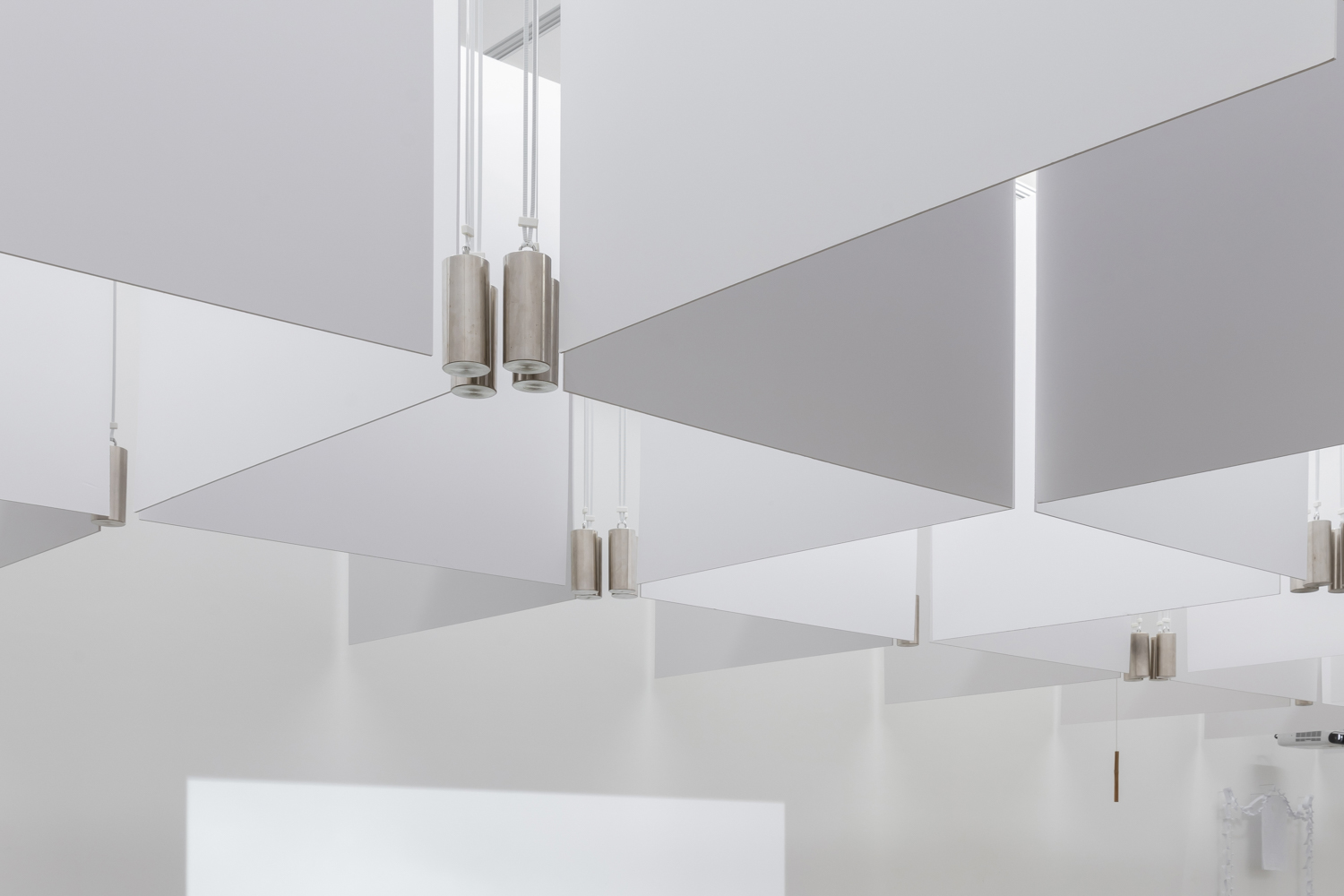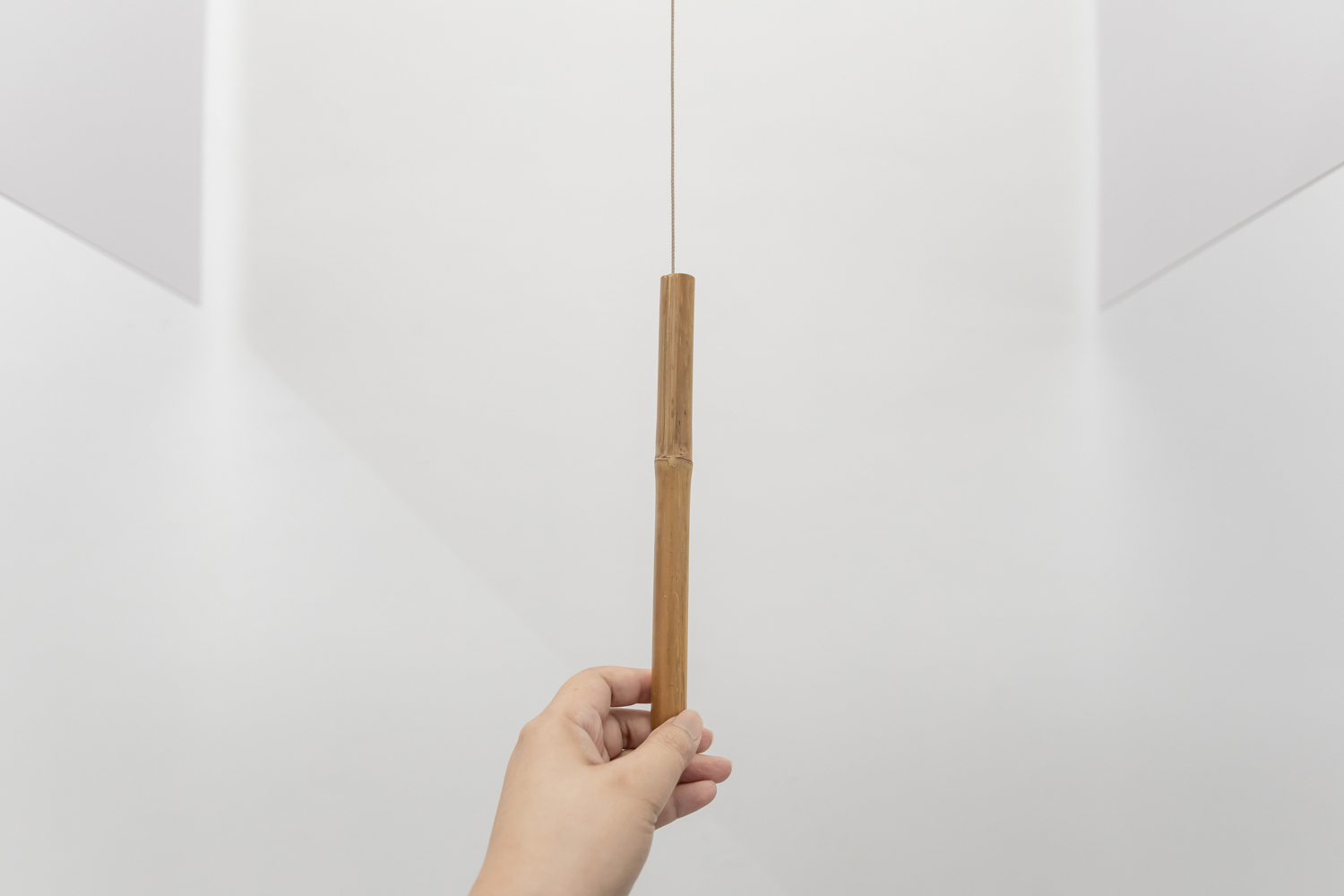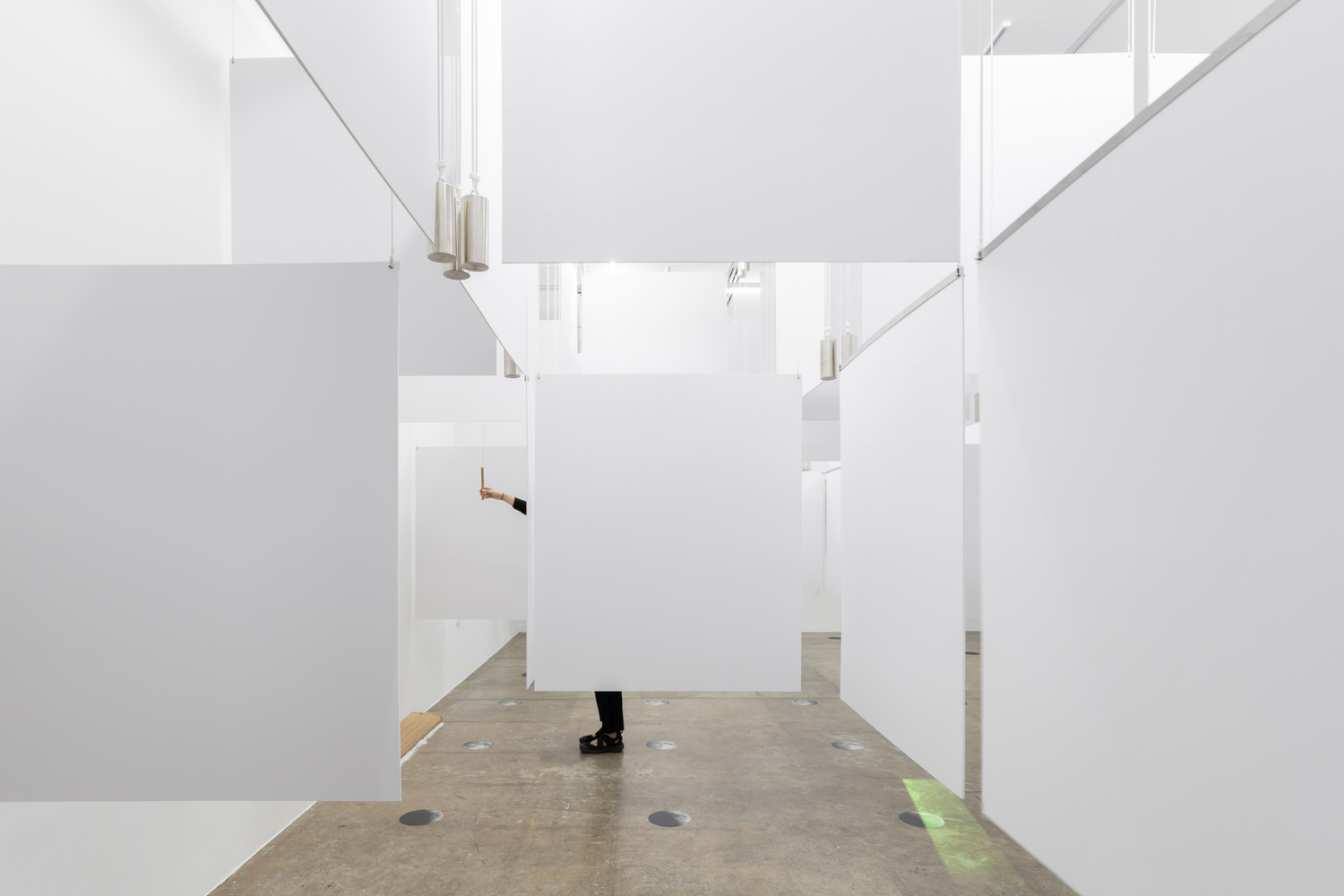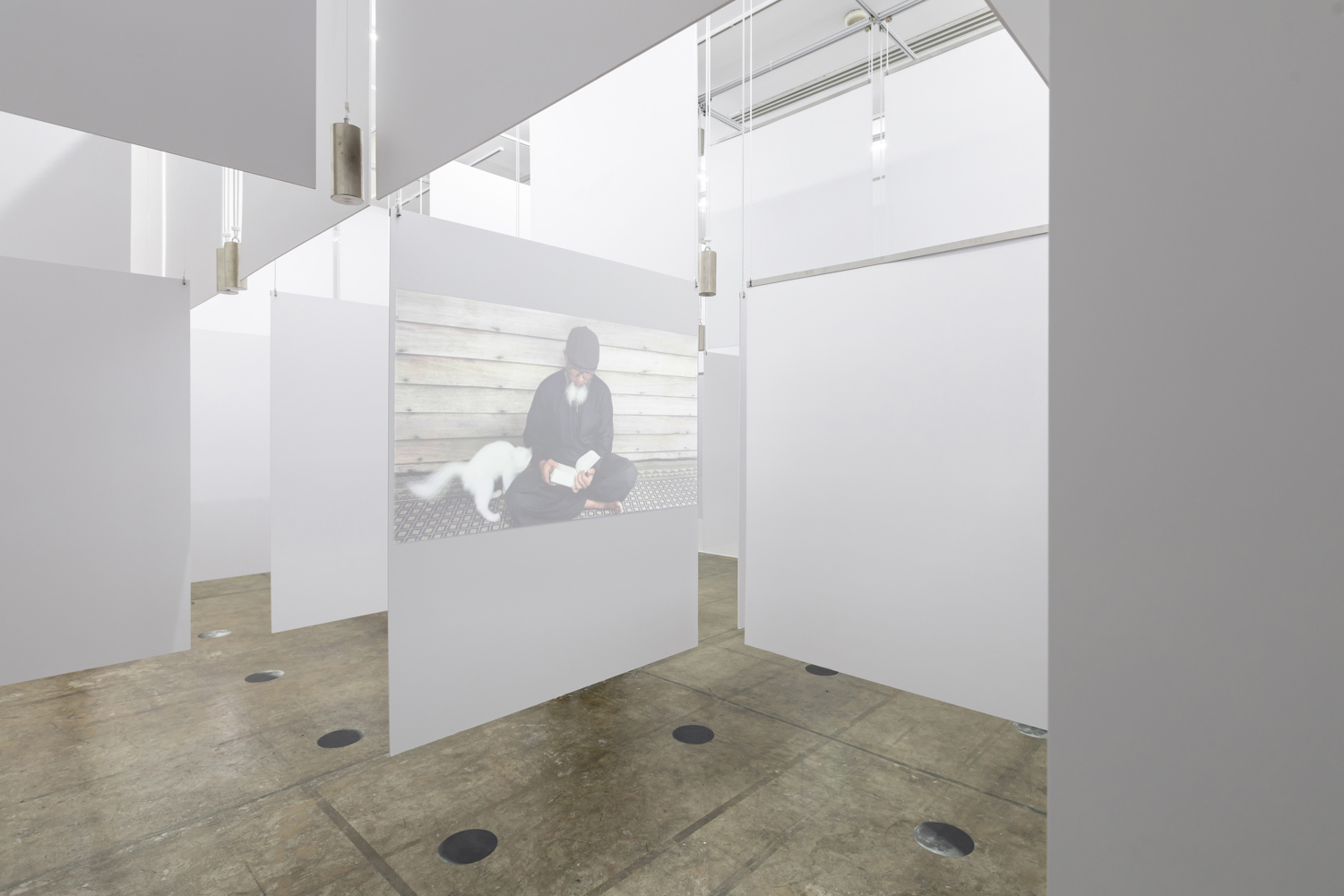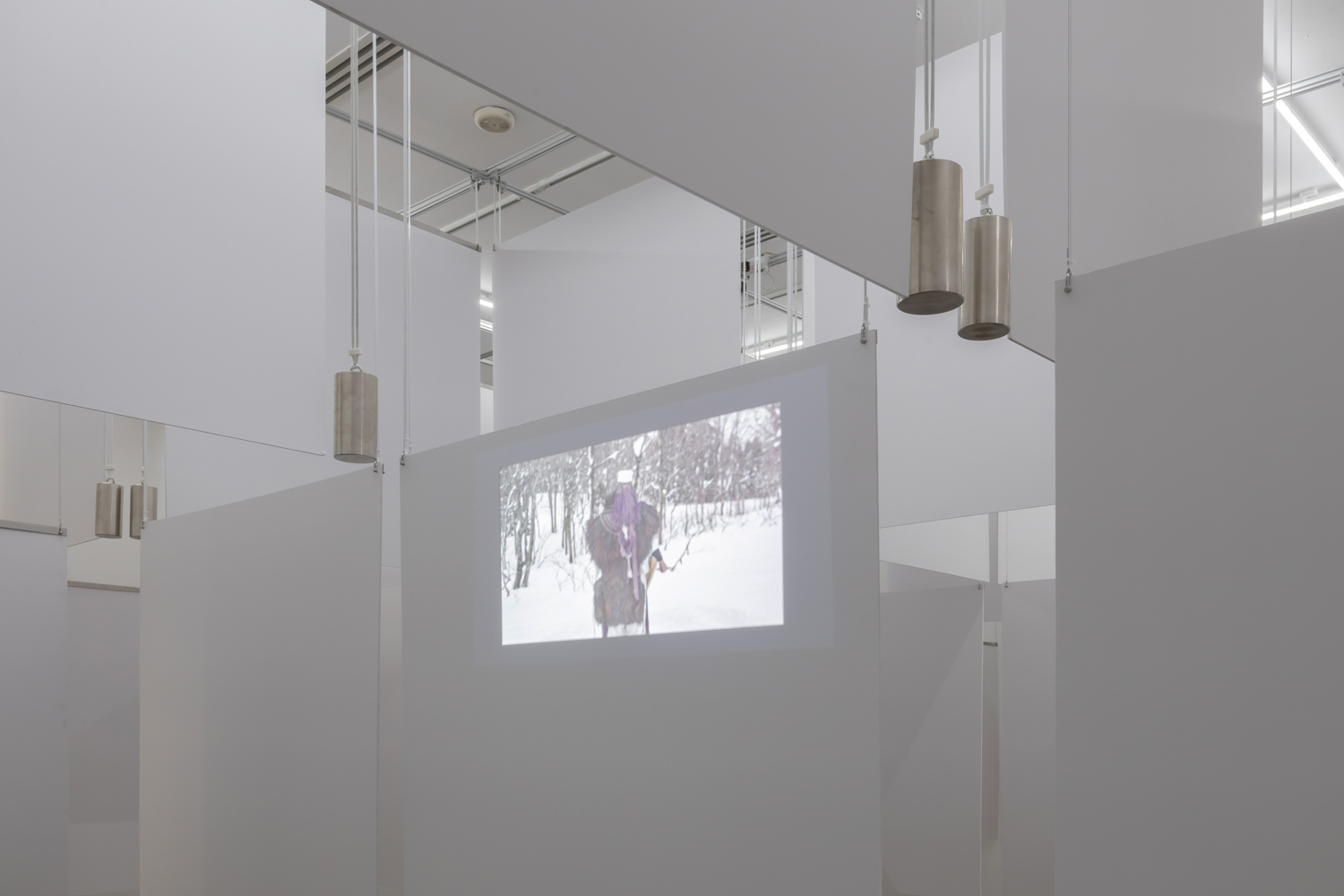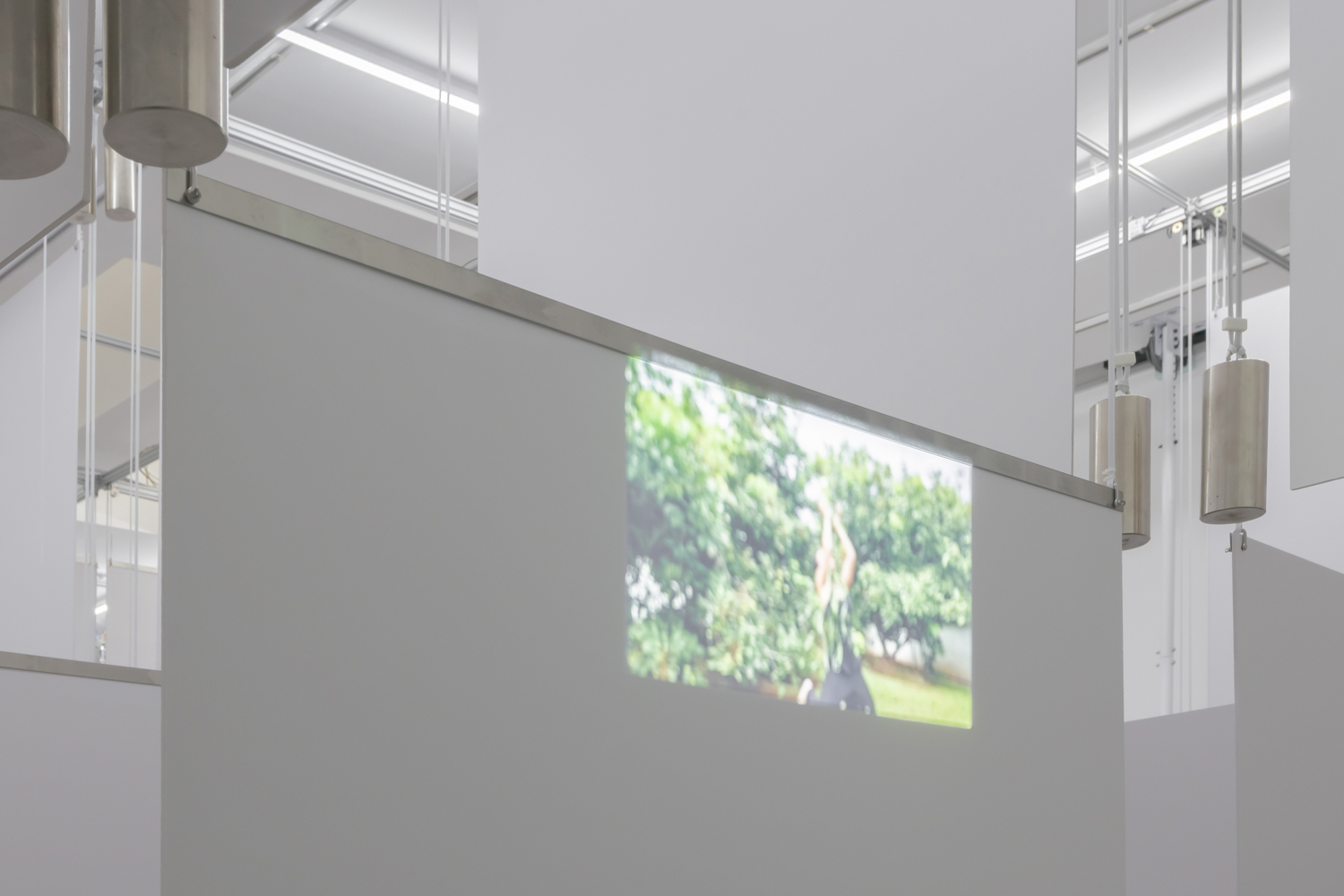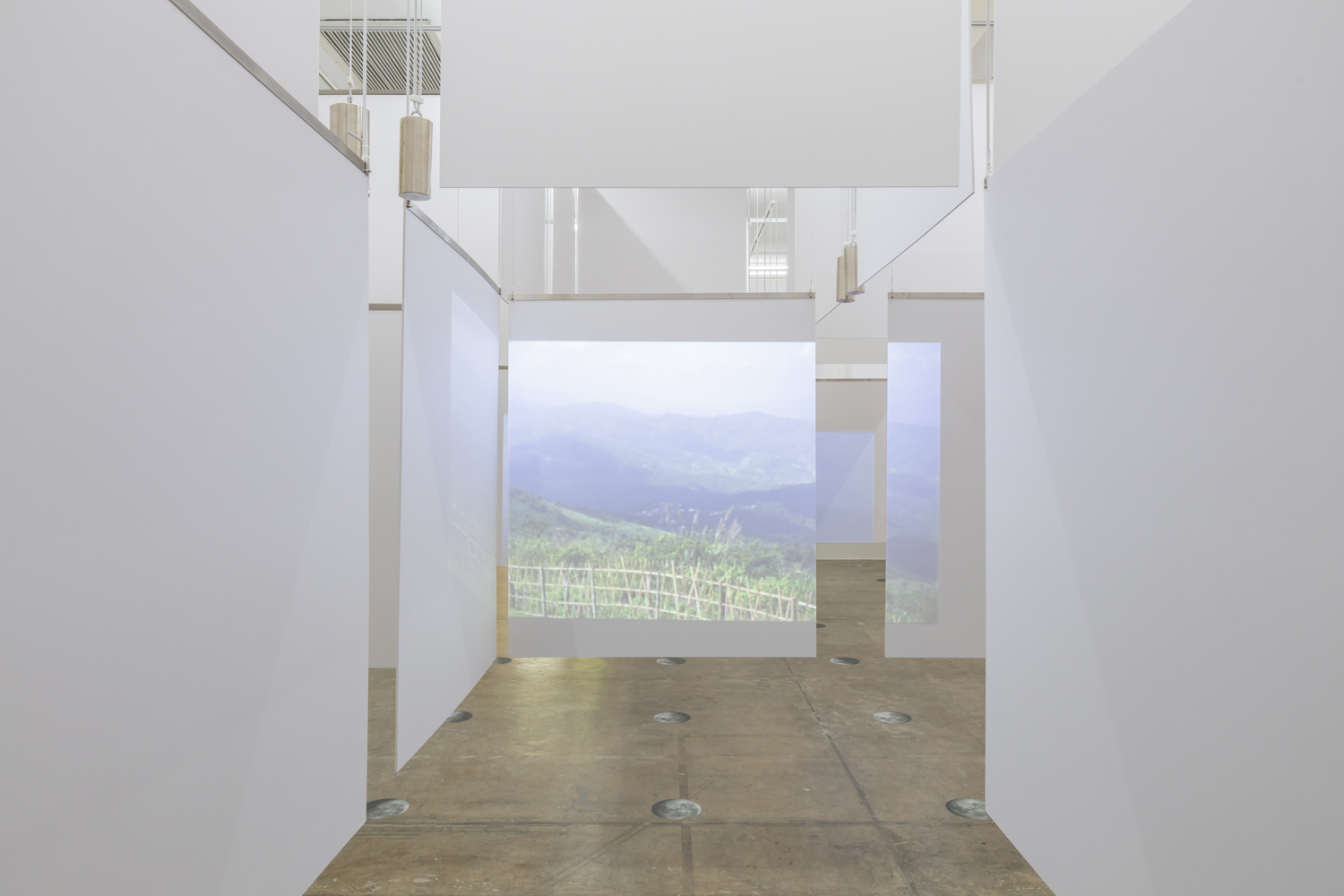‘PLANETARY SEED’ WHICH DISPLAYS ARTS ABOUT DIVERSE CULTURES AND BELIEFS WAS PLANNED WITH A LABYRINTHINE LAYOUT TO PROMPT ONE TO QUESTION A CONTINUOUSLY CHANGING ENVIRONMENT
TEXT: CHIWIN LAOKETKIT
PHOTO: KETSIREE WONGWAN
(For Thai, press here)
Beliefs traverse through epochs and eras, evolving with the times or even adapting to survive. The exhibition ‘Planetary Seed ● จร ● 惑星的共自在性‘ by Wit Pimkanchanapong and the artist collective ‘living room for seed’, takes us on a journey through the diverse pathways of human beliefs. It navigates a labyrinthine space filled with mechanisms that prompt one to question the intersections and clashes of beliefs at the fringes of cultures—whether inside, outside, or beyond any specific cultural boundaries. In the frontier of our planet, everything is entangled and overlapping, indistinguishable from each other.
The exhibition’s maze originates from the tradition of ‘Poi Mung Kapa,’ evident in the cultures of the Tai Yai and Karen people, extending to some of the regions of Northeastern Thailand. It draws from the Vessantara Jātaka (The Tale of Prince Vessantara), but rather than a conventional maze, the artists have opted for a technological mechanism that alters the maze’s walls when triggered by sensors. This transformation creates unpredictable new trails, ensuring that visitors not only risk getting lost within but also experience a continuously changing environment with varying video and sound impacts created by the shifting walls.
In addition to its spatial intricacies, this exhibition presents videos displayed in four cardinal directions, each unfolding distinct traditions, beliefs, and cultural landscapes from four disparate regions. In the south, viewers are immersed in the solemnity of Muslim culture through a man’s recitation of the Quran. Shifting focus to the west, one encounters the serene presence of a Buddha statue, marked by the wear of countless worshippers’ devotions. The north offers a poignant scene: an elderly man chanting during a spirit-feeding ritual, providing a glimpse into an intimate spiritual practice in the region. Finally, the east transports viewers beyond Thailand’s borders to a snow-laden mountain where a Japanese monk performs a ritualistic dance, surrounded by a landscape of trees and drifting snowflakes. These videos interact with the fluid dynamics of the space, constantly shifting the viewer’s proximity to the visuals. Consequently, the audience experiences the same content through a spectrum of perspectives—sometimes intimate, sometimes remote, sometimes sharply defined, and sometimes softly blurred. The only constant amidst this flux is the exhibition’s soundtrack, which evokes an aura of grandeur and sacredness through a language that remains elusive yet profoundly resonant.
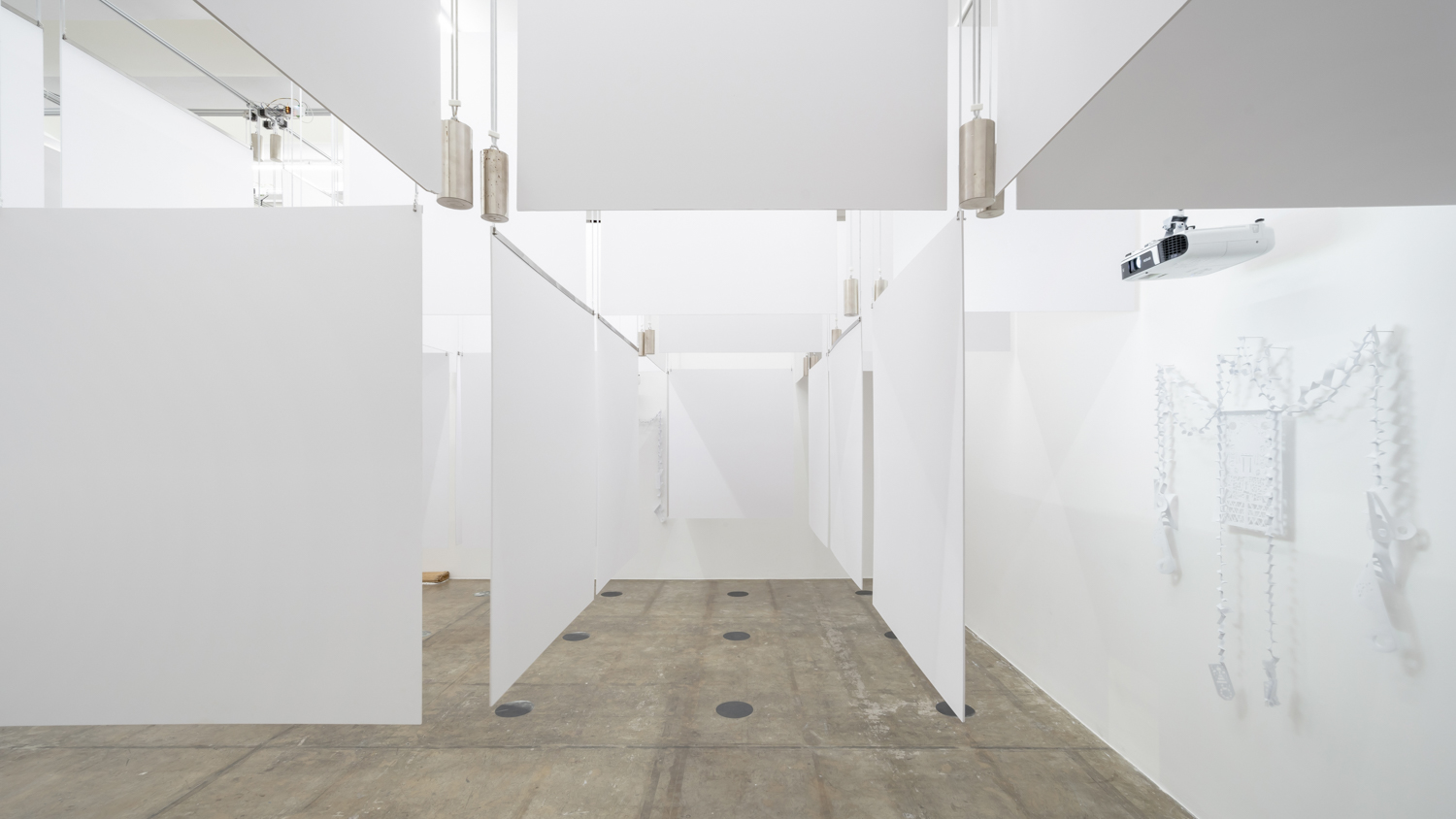
The labyrinthine layout of this exhibition is rich with details that eloquently convey the nuanced relationship between individuals and the cultural beliefs they uphold. These connections are artfully expressed through ‘objects,’ such as hanging sensors embedded within the star-shaped Chaleaw—intricately woven bamboo stars—and paper cutouts that symbolize various cultural traditions. These tangible items are thoughtfully paired with videos displayed opposite them, creating a dialogue; for example, paper cutouts of goats accompany narratives from Muslim culture. The term ‘objects’ here extends beyond the realm of human-made artifacts to include natural elements that humans may observe but not command. A particularly evocative example is the use of moon images, with phases that wax and wane, guiding visitors through the exhibition’s course. This design serves a dual purpose: ensuring the safety of viewers and evoking the historical significance of the moon in guiding exploration and people’s travels in bygone eras.
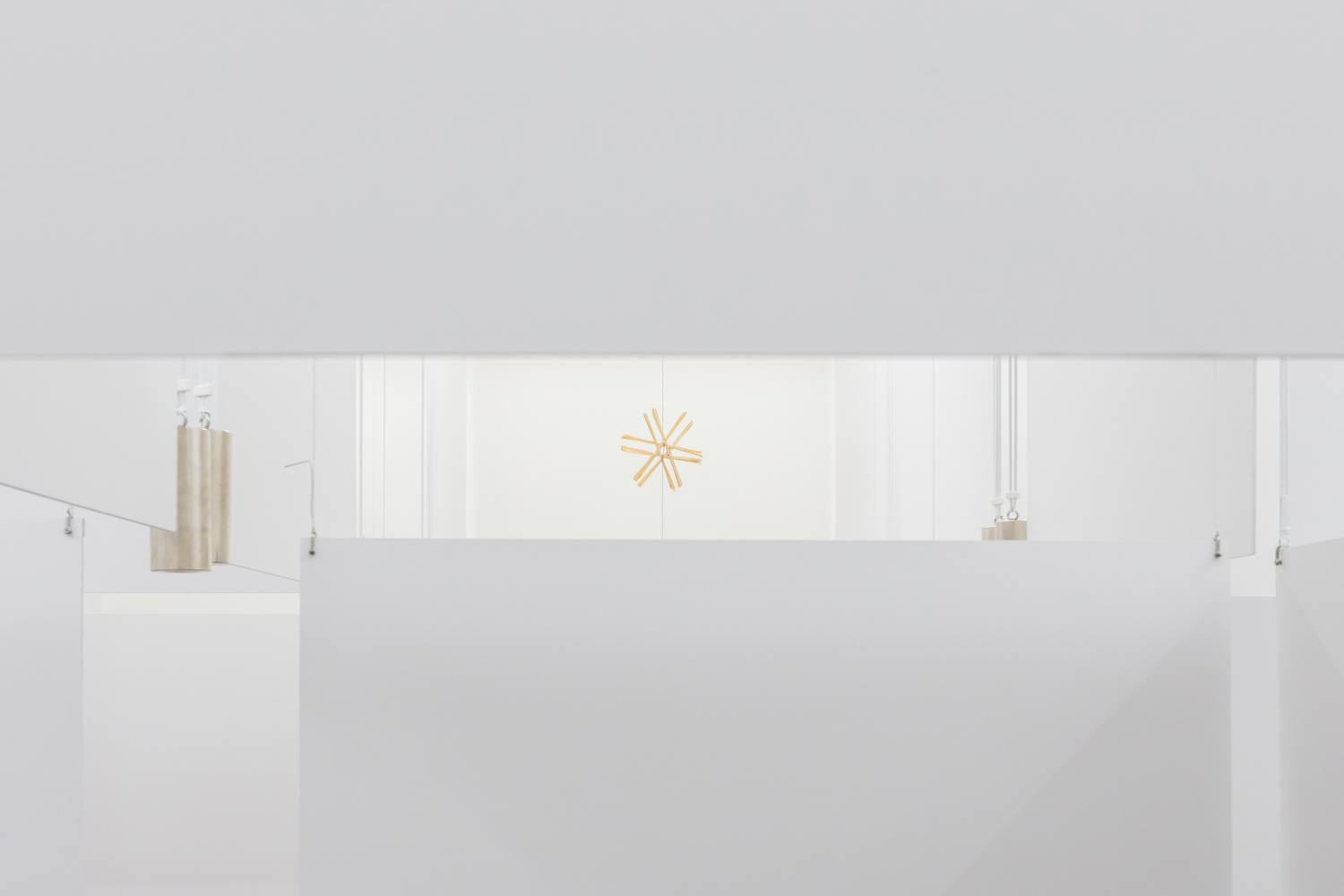

In the exhibition, the artist reveals the operations of rituals as reflections of the diverse narratives that evolve alongside people in a society. The potency of spoken voice, specific languages, and sacred music serves to connect those within the ritual or religious community. Simultaneously, the exhibition utilizes the moon’s orbit to subtly guide the visitor’s journey, eschewing textual labels to dictate what should be observed in the space. Inside, visitors are steered by the invisible and visible arrangements of technology, creating a sense of being within a space yet uncertain of the exit, fostering a feeling of disorientation. The exhibition offers a perspective on rituals as seen through the eyes of an outsider, ultimately allowing each visitor to emerge from the labyrinth on their own.
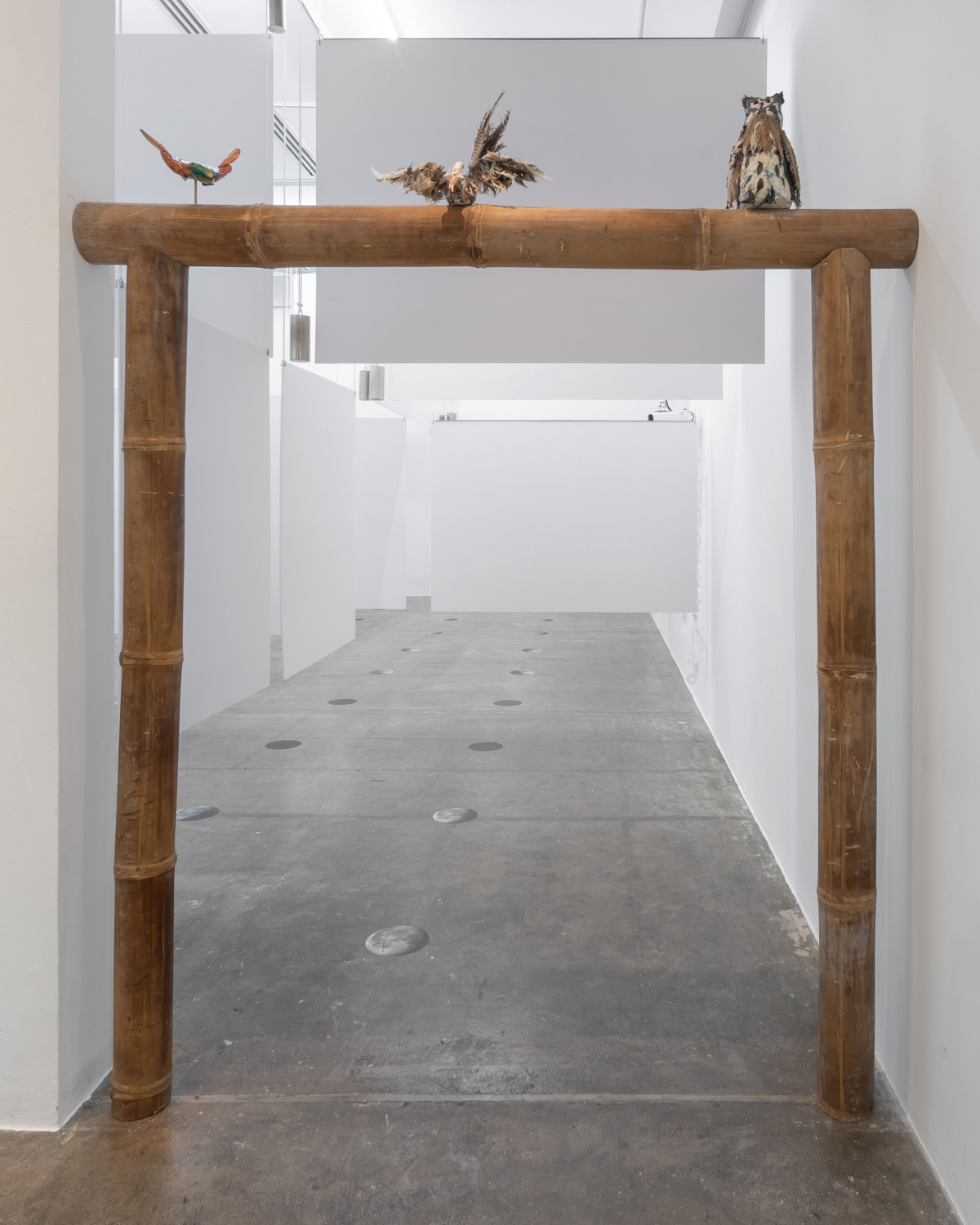
The exhibition ‘Planetary Seed ● จร ● 惑星的共自在性’ is currently on display at 100 Tonson Foundation from June 21 to November 24, 2024.


